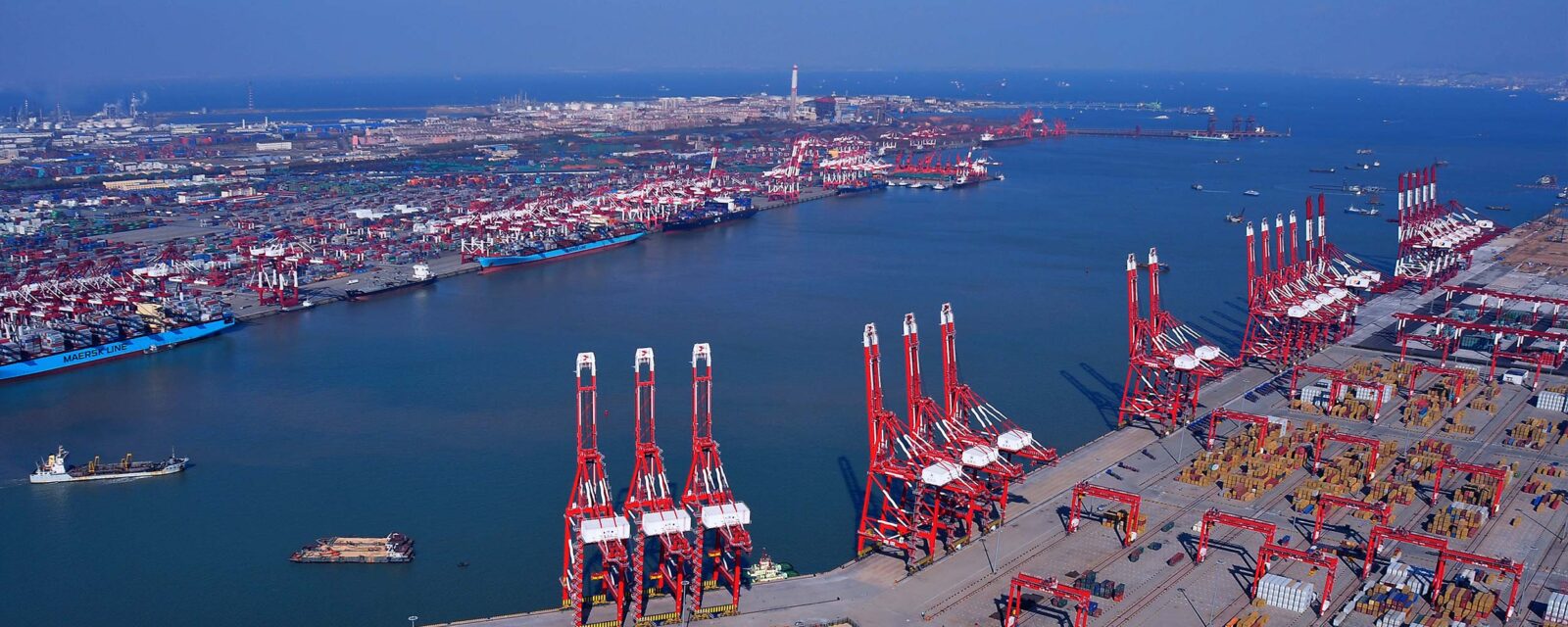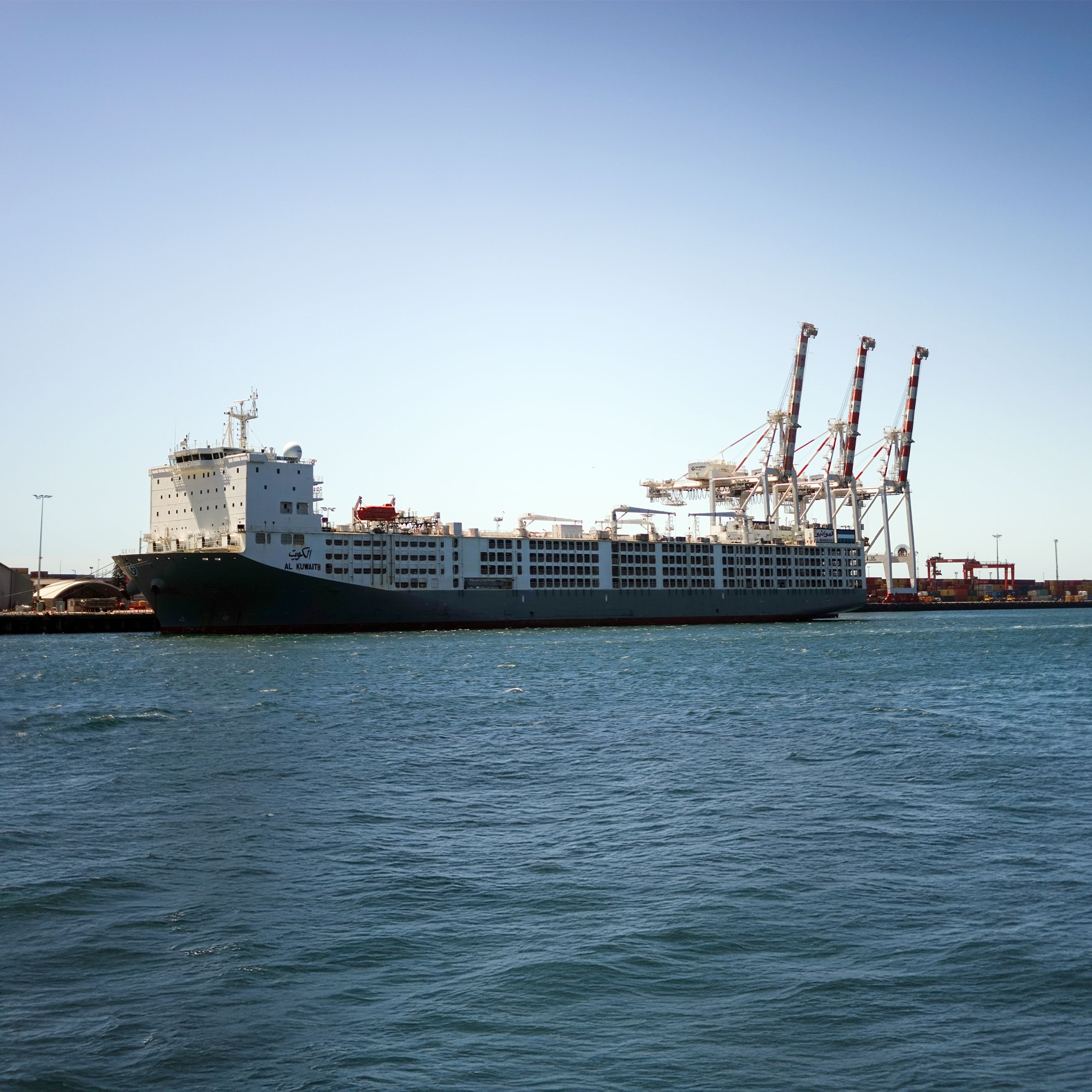
Atlantic Project Cargo provides the best-customized solution for multimodal freight shipping to and from the USA. Services include shipping for heavy and oversized cargo, yachts and boats, perishables, and healthcare.
Freight shipping to and from China is integral to the global economy. Because it’s the world’s largest exporter and second-largest importer, China’s shipping industry has a vast and complex network that spans the globe. From electronics to garments, a diverse array of goods flows in and out of the country, driving the wheels of commerce and connecting businesses internationally.
However, engaging in freight shipping to and from China is complex. It involves navigating the intricate labyrinth of customs regulations, shipping routes, and pricing structures. Moreover, weather, port congestion, and international trade policies can significantly impact shipping timelines and costs, adding complexity to the process.
China’s Trade Overview

China holds a significant position in global trade because of its standing as a major exporter and importer of goods. Trade forms a substantial part of China’s economy, with exports contributing to about one-fifth of the total GDP. Key exported products include electronics, machinery, and textiles, while its significant imports consist of commodities like oil and mineral fuels. China’s primary trading partners are the United States, the European Union, and the Association of Southeast Asian Nations (ASEAN). Despite the recent trade tensions and global economic uncertainties, China’s trade sector continues to show resilience.
The Major Industries In China
China has a diverse range of significant industries contributing to its economy. Manufacturing stands at the forefront, with the country often referred to as the “world’s factory” due to its production of electronics, textiles, machinery, and more. Meanwhile, the agricultural industry plays a vital role domestically, producing perishables such as rice, wheat, potatoes, and tea, among other crops. The service sector, particularly information technology and retail, is increasing in urban areas. Another crucial industry is mining, with China being the world’s principal producer and consumer of coal. Furthermore, the growing renewable energy sector places China as a global leader in manufacturing solar panels and wind turbines.
Facts About China – Language, Population, Time Zone, Currency

As it’s officially known, the People’s Republic of China utilizes Mandarin Chinese as its primary language. Mandarin, often called ‘Putonghua,’ is the most widely spoken language in the world, reflecting the country’s sizable population of over 1.4 billion people. China falls under a standard time zone known as China Standard Time, which is 8 hours ahead of Coordinated Universal Time (UTC+8). In terms of currency, the Renminbi (RMB), with the Yuan as the basic unit, is used across the country.
Exporting To China: International Opportunities
The opportunities for exporting to China are extensive. Here are some of them:
- Large Consumer Market
With over 1.4 billion people, China provides a vast market for businesses looking to expand their reach - Economic Growth
Despite global economic turbulence, China’s economy has maintained steady growth, providing a stable environment for foreign businesses - Rapidly Growing Middle Class
China’s expanding middle class signifies a surge in purchasing power and consumer demand, opening up opportunities for various industries - Government Support
The Chinese government has encouraged foreign trade by reducing tariffs and streamlining import procedures, allowing more businesses to enter the market - Infrastructure Development
China’s impressive physical and digital infrastructure facilitates smooth business operations, logistics, and e-commerce activities - E-commerce Boom
China is a global leader in e-commerce with robust platforms like Alibaba and JD.com, which provide a ready product market - Urbanization
The rapid urbanization pace in China has increased demand for more imported goods, from consumer electronics to luxury goods - Growing Demand for Quality and Brands
Chinese consumers increasingly prefer foreign brands that represent quality, safety, and prestige, which creates ample opportunities for international businesses
Primary Imports To China
As one of the world’s largest and most dynamic economies, China has diverse imports to fuel its growth. Here are the primary categories:
- Integrated Circuits
China is the global hub for the electronics industry. Hence, the import of integrated circuits tops the list, providing critical components for products ranging from computers to smartphones - Crude Oil
China imports substantial crude oil to meet its massive energy needs - Iron Ore
As the world’s largest consumer of steel, China heavily depends on imported iron ore - Petroleum Gas
Another vital energy source, gas is a significant import for the country - Cars
Despite robust domestic production, China imports many vehicles, particularly luxury models - Gold
Gold is an investment and a key component in electronic manufacturing, making it a significant import - Soybeans
China is the world’s leading importer of soybeans, primarily used in livestock feed - Aircraft and Spacecraft
China imports aircraft for both commercial and military use - Medical Equipment
High-end medical devices form a significant part of China’s imports - Rare Earth Metals
These are vital for the manufacture of a variety of tech products, including batteries, magnets, and electronic devices. Despite China having its reserves, the demand necessitates additional imports
Exporting To China: Shipping Challenges
- Understanding the Market
China’s market can be complex and unfamiliar to foreign companies. Its vast size and diversity require in-depth research to understand customer preferences, buying habits, and regional differences - Navigating Regulatory Environment
China’s regulatory environment is often cited as one of the most challenging aspects of doing business there. It can change frequently and without notice, and regulations can vary between provinces - Intellectual Property Rights
Protecting intellectual property in China can be challenging. While China has taken steps to improve its intellectual property rights protection, enforcement can be inconsistent - Cultural Differences
Significant cultural differences can pose challenges for foreign businesses. Understanding Chinese business etiquette, building Guanxi (relationships), and adapting to local business practices are essential for success - Language Barrier
Although English is the language of international business circles, not all Chinese business professionals or consumers are comfortable with it. This reluctance can lead to communication difficulties and misunderstandings - Logistics and Custom Procedures
Exporting products to China involves navigating complex customs procedures. Delays in customs can impede business operations and increase costs - Competition
China has a highly competitive market, with domestic and international businesses competing for market share. Gaining a foothold can be a significant challenge for new entrants
Ocean Freight Ports In China

As a global economic powerhouse, China boasts numerous ocean freight ports pivotal to its international trade. These ports are the gateways for various goods, ranging from raw materials to manufactured products. The major ports in China include:
- Port of Shanghai
Known as the busiest port in the world, it has a strategic location near the East China Sea - Port of Shenzhen
This port is a collective name for a group of ports along Shenzhen’s 260 km coastline - Port of Ningbo-Zhoushan
An amalgamation of the Ningbo and Zhoushan ports, it is known for its deep-water access and ample cargo capacity - Port of Hong Kong
Once the busiest port, it still plays a significant role in international trade - Port of Guangzhou
Located on the Pearl River, it is a crucial port for domestic trade and international shipping - Port of Qingdao
Situated in Shandong province, it’s one of the largest ports in the country, serving the Northern and Eastern regions of China - Port of Tianjin
As the largest port in Northern China, it is the maritime gateway to Beijing
These ports, among others, contribute significantly to China’s economic strength and global reach.





